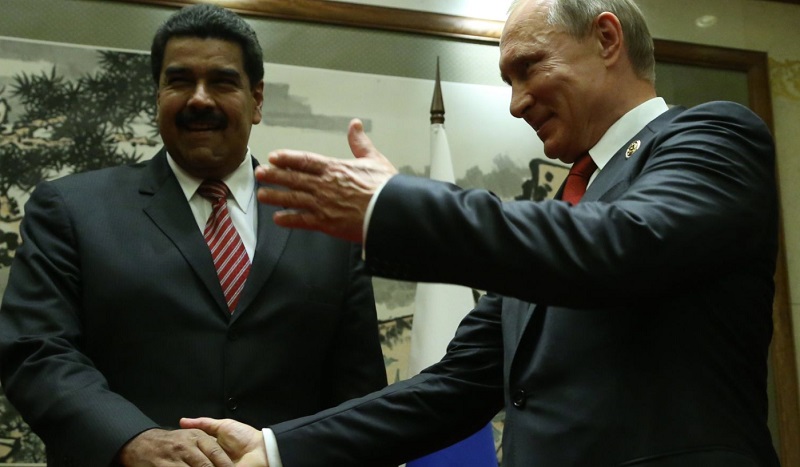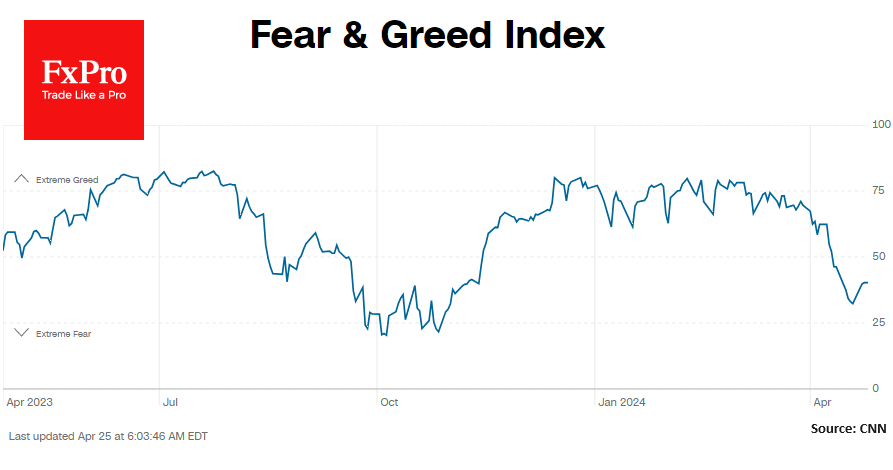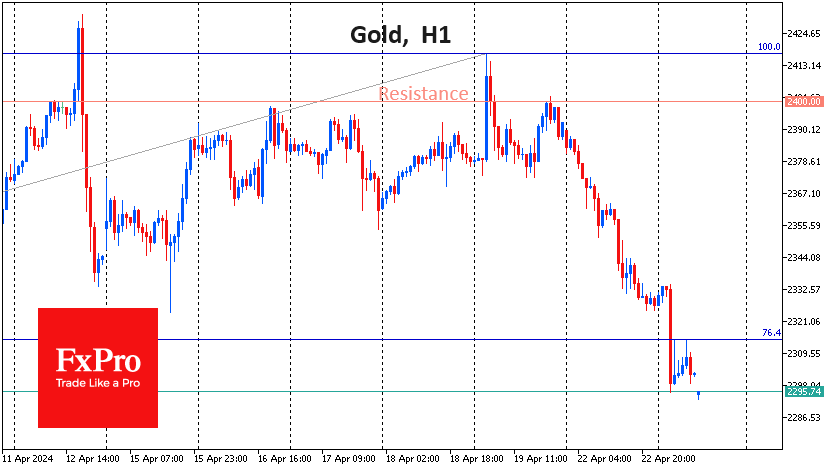Russia and the United States opened the front of the confrontation in Venezuela
January 30, 2019 @ 13:24 +03:00

A new front in geopolitical tensions between the U.S. and Russia has opened in Venezuela, with both now declaring their support for rival leaders President Nicolas Maduro and the self-proclaimed interim president Juan Guaido. Experts are now drawing parallels between the contest for influence over Venezuela’s political and economic future with the battle over regime change in Syria in recent years. Russia gave its military, financial and diplomatic support to controversial President Bashar Assad in a complex civil war that started in 2011. Meanwhile, the U.S. and its Western allies backed regime change and various rebel groups looking to oust Assad from power — although all sides were fighting in an uncomfortable alliance against the so-called Islamic State.
The civil war in Syria was largely seen as a battle for influence in the Middle East, with Russia keen to not see another regional ally come under America’s sphere of influence. Russia is now largely credited with keeping Assad in power. On Monday, a photo emerged of U.S. National Security Advisor John Bolton’s notebook which had a written message to send 5,000 troops to Colombia, which borders Venezuela. The Kremlin also denied Monday that it had sent as many as 400 private military contractors to Venezuela to back Maduro.
Cutting off the government’s funding is exactly how the U.S. administration is aiming to pressure Maduro. On Monday, it imposed sanctions on the country’s energy sector including PDVSA, whose U.S. subsidiary Russia has a stake in. Russia and China hit back at the sanctions on Tuesday, calling them illegal and unfair. How far Russia could go to protect its interests in Venezuela — and whether it could provide more financial and military aid to Maduro — is what is being watched.
The US-Russia battle for influence over Venezuela is reminding people of Syria, CNBC, Jan 30







